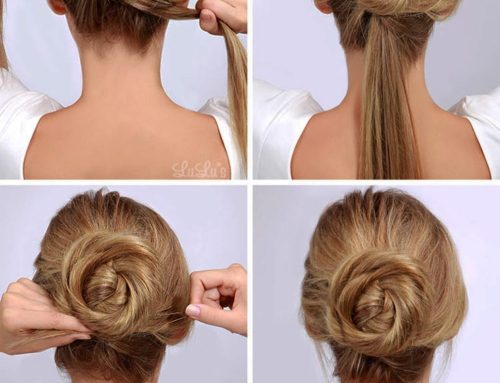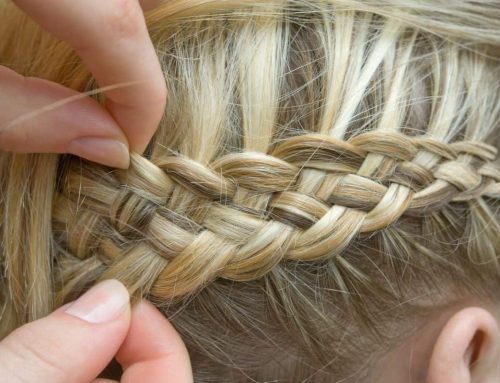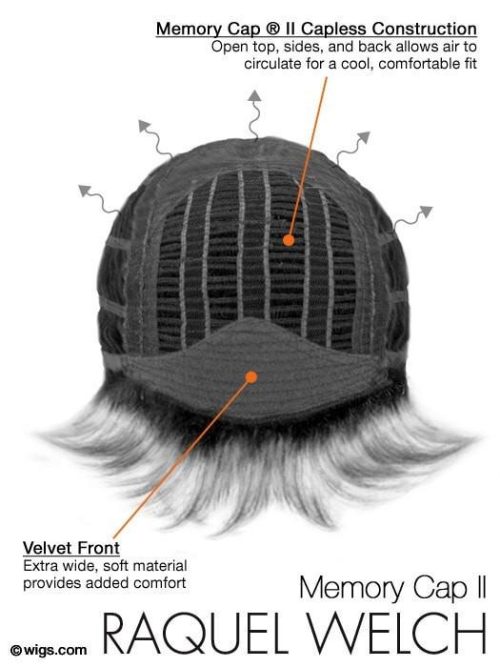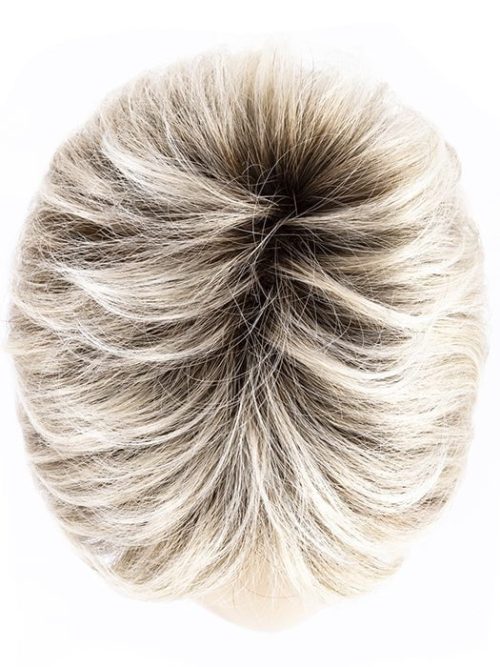If you’re rocking natural hair, you know it comes with its own set of unique challenges and rewards. Whether you’re dealing with tight curls, kinks, or waves, embracing your natural hair means understanding and celebrating its texture. Let’s dive into some tips and tricks to help you love and care for your natural hair every day.
Understanding Your Natural Hair
Step 1: Know Your Hair’s Characteristics
Natural hair, often called “Afro-textured” hair, has special characteristics that require specific care. One of the key things to know is that natural hair tends to be drier because the tight curls make it hard for natural oils to travel down the hair shaft. This can lead to dryness and breakage if not properly managed.
Step 2: Identify Your Hair Type
There are four basic types of natural hair: straight (1), wavy (2), curly (3), and kinky (4), with subcategories for each. For example, Type 4 hair includes 4A (spiral curls), 4B (kinky curls), and 4C (coiled curls). Understanding your specific hair type helps in choosing the right products and styling methods.
Step 3: Understand Your Hair’s Needs
Type 3 hair has springy, defined curls that need lots of moisture and care. Type 4 hair, with its very tight curls, is more fragile and requires heavy-duty moisturizers and conditioners to stay healthy. Recognizing your hair’s needs will guide you in your hair care routine.
Cleansing Your Natural Hair
Step 1: Detangle Before Washing
Natural hair tangles easily, so detangling before washing is crucial. Mix one part oil (like coconut or olive) with three parts water in a spray bottle. Spritz your hair, then apply a moisturizing conditioner. Use your fingers to gently work through knots before using a detangling comb.
Step 2: Choose Gentle Shampoos
Avoid shampoos with harsh chemicals like sulfates that strip your hair of its natural oils. Look for sulfate-free shampoos or cleansing conditioners that clean without drying out your hair.
Step 3: Don’t Over-Wash
Washing your hair too frequently can strip it of moisture. Aim to wash your hair once a week. If your hair gets oily, use a dry shampoo between washes to absorb excess oil without over-washing.
Step 4: Deep Condition Weekly
Deep conditioning helps keep your hair moisturized and strong. You can use store-bought products or homemade masks using ingredients like olive oil, avocado, honey, and banana. Apply the mask once a week for best results.
Step 5: Dry Your Hair Gently
After washing, use a soft old T-shirt or a microfiber towel to squeeze out excess water. Rubbing your hair with a regular towel can cause frizz and breakage, so be gentle!
Preparing Your Natural Hair for Styling
Step 1: Use Leave-In Moisturizers
Natural hair needs extra moisture. After washing and conditioning, apply leave-in conditioners or natural oils like olive oil, coconut oil, shea butter, or cocoa butter to keep your hair hydrated.
Step 2: Avoid Heat Styling
Let your hair air dry whenever possible to prevent heat damage. If you must use heat, keep the settings low and always use a heat protectant. Try to avoid curling irons, hot rollers, and straighteners as much as you can.
Step 3: Combat Frizz with Moisture
Hydrated hair is less likely to frizz. Use natural oils or silicone-based products to smooth your hair and reduce frizz. Experiment with different products to find what works best for you.
Step 4: Sleep on Satin
To prevent tangles, sleep on a satin pillowcase or wrap your hair in a silk scarf. This little bit of luxury can make a big difference in keeping your hair smooth and tangle-free.
Styling Your Natural Hair
Step 1: Layer Your Styling Products
When applying gels or serums, start with a small amount and layer as needed. Too much product can make your hair look greasy or crunchy.
Step 2: Use Rollers for Setting
Roller-setting can help straighten and smooth your hair with less heat. Use a heavy conditioner and detangle your hair thoroughly before rolling. Magnetic rollers or satin-covered foam rollers are gentler than Velcro or mesh rollers.
Step 3: Try Protective Styles
Protective styles like braids, twists, and knots can reduce styling time and protect your hair from breakage. There are plenty of online tutorials to help you master these styles at home.
Step 4: Keep Styles Fresh with Daily Moisture
Spritz your hair daily with a mixture of water, leave-in conditioner, and moisturizing oils to keep it hydrated and fresh.
Step 5: Rotate Styles Every Few Months
Even protective styles need to be changed every three months to prevent damage. Always deep condition your hair after taking out a style to restore moisture.
Conclusion
Caring for natural hair might seem daunting at first, but with the right routine and products, it can be a rewarding journey. Embrace the beauty and uniqueness of your natural hair, and remember, it’s all about finding what works best for you. So, go ahead, experiment with different styles and products, and enjoy every step of the process. Happy hair care!




